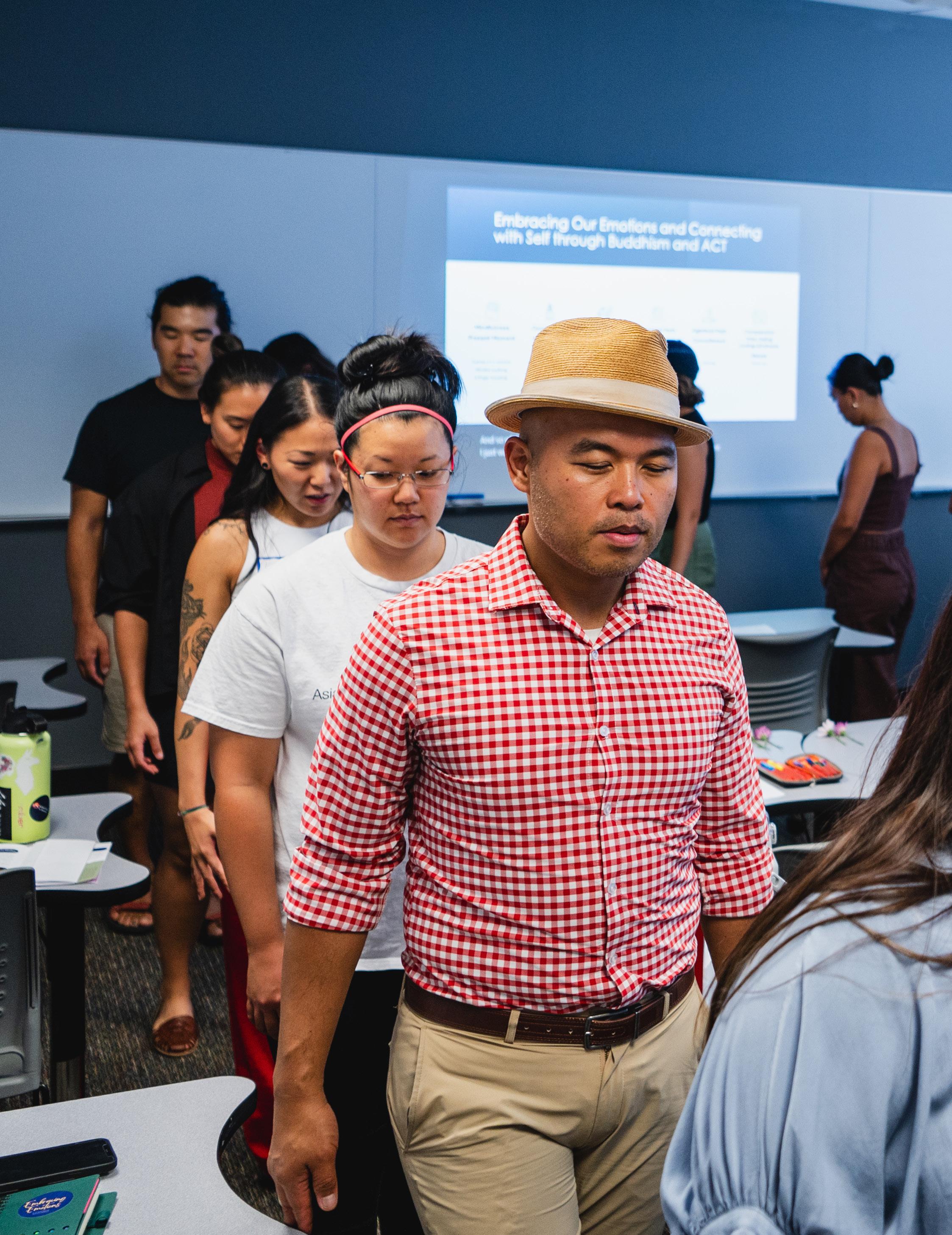
Claimed by the jungle. Revealed by science.
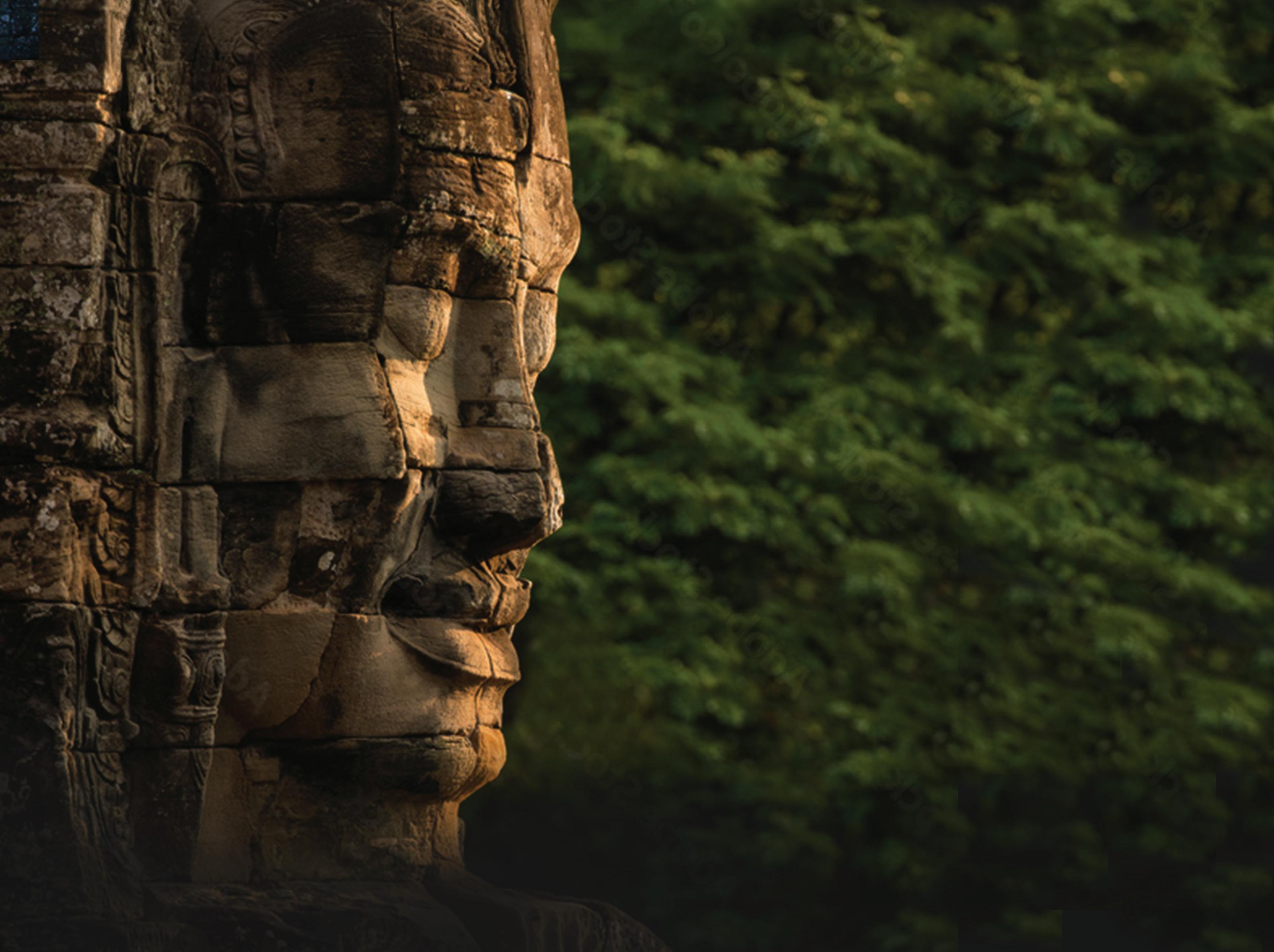


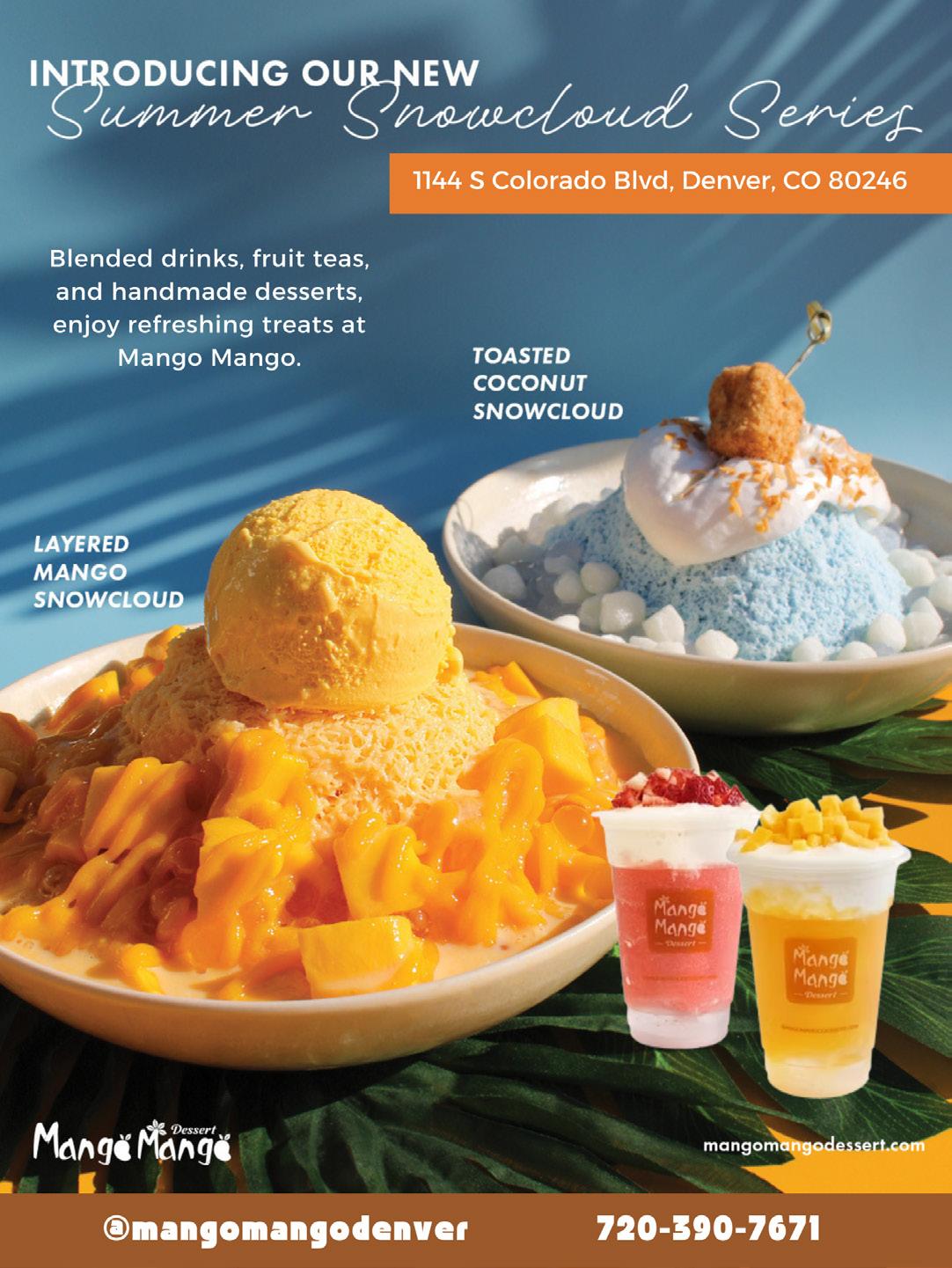


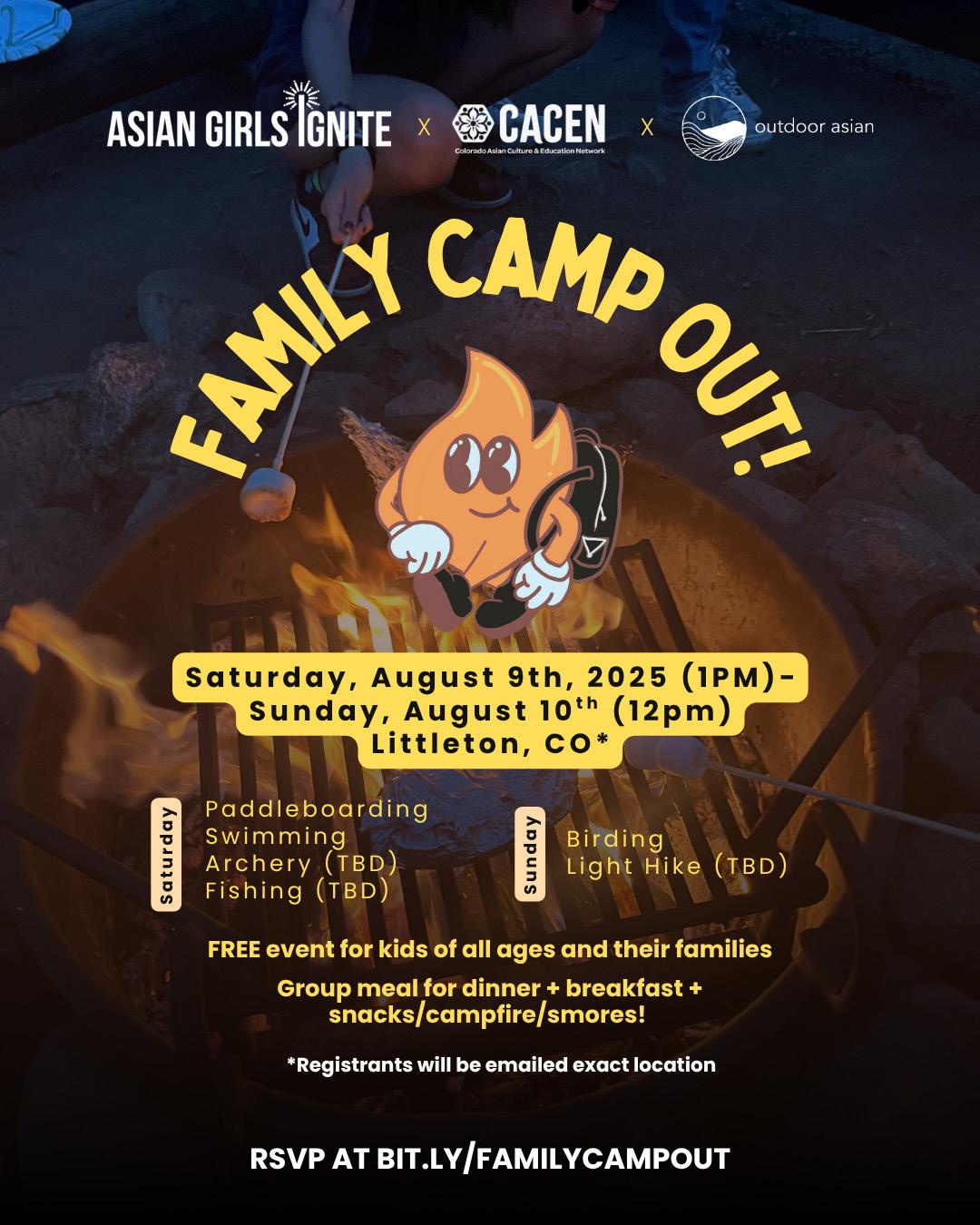



Claimed by the jungle. Revealed by science.








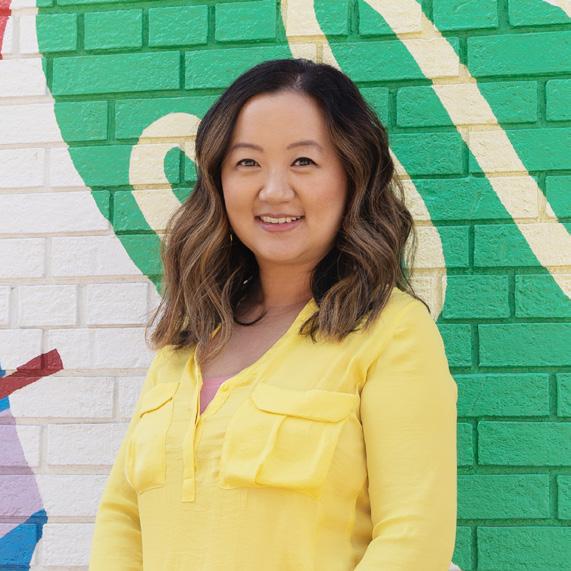
Annie Guo VanDan, President Asian Avenue magazine
Connect with us! hello@asianavemag.com @asianavemag
Many people are feeling the heaviness of the world. We are living through a time when we need to prioritize connection and compassion to help each other through.
In this month’s edition of Asian Avenue Magazine, we are drawing attention to an issue that is both urgent and deeply personal for many in our community: Asian American mental health. For too long, stigma, cultural silence, and systemic barriers have kept our communities from seeking the care and support they need. The reality is heartbreaking—Asian Americans are among the least likely to access mental health services, and suicide remains the leading cause of death for Asian American young adults.
This is not just a statistic—it’s a call to action. It’s time we normalize mental health conversations in our families, faith communities, and cultural spaces. In our cover story, psychologist Dr. Ronald Lee outlines five important things to know about Asian American mental health, highlighting both the challenges and the cultural strengths that can help us build resilience.
Also in this issue, we share a joyful update from Social Fabric Hub, Colorado’s Asian American cultural and community space, where recent events have brought people together in powerful ways. From KPOP connection to financial education to a new wall mural, it’s clear that we grow together.
We’re proud to introduce you to 12-year-old Layla Hurd, a young entrepreneur who launched her own resin art business, Sugar Studios. Her story reminds us that creativity is alive and well in the next generation.
Thank you for reading—and for continuing to build a stronger, more connected, and more compassionate AANHPI community with us.
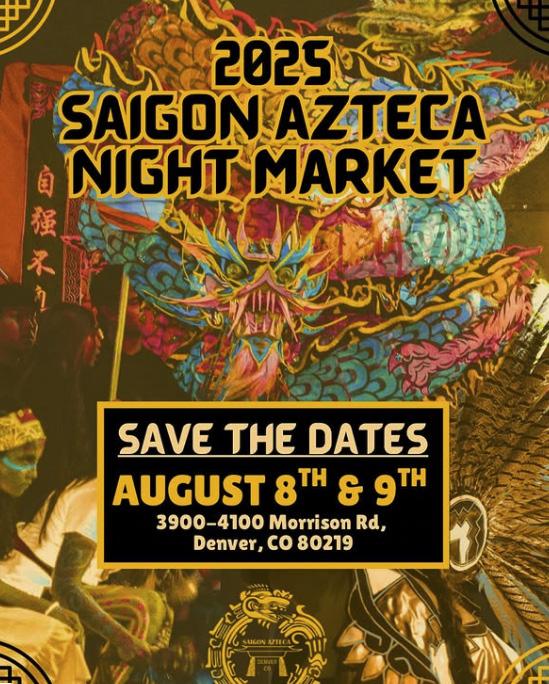

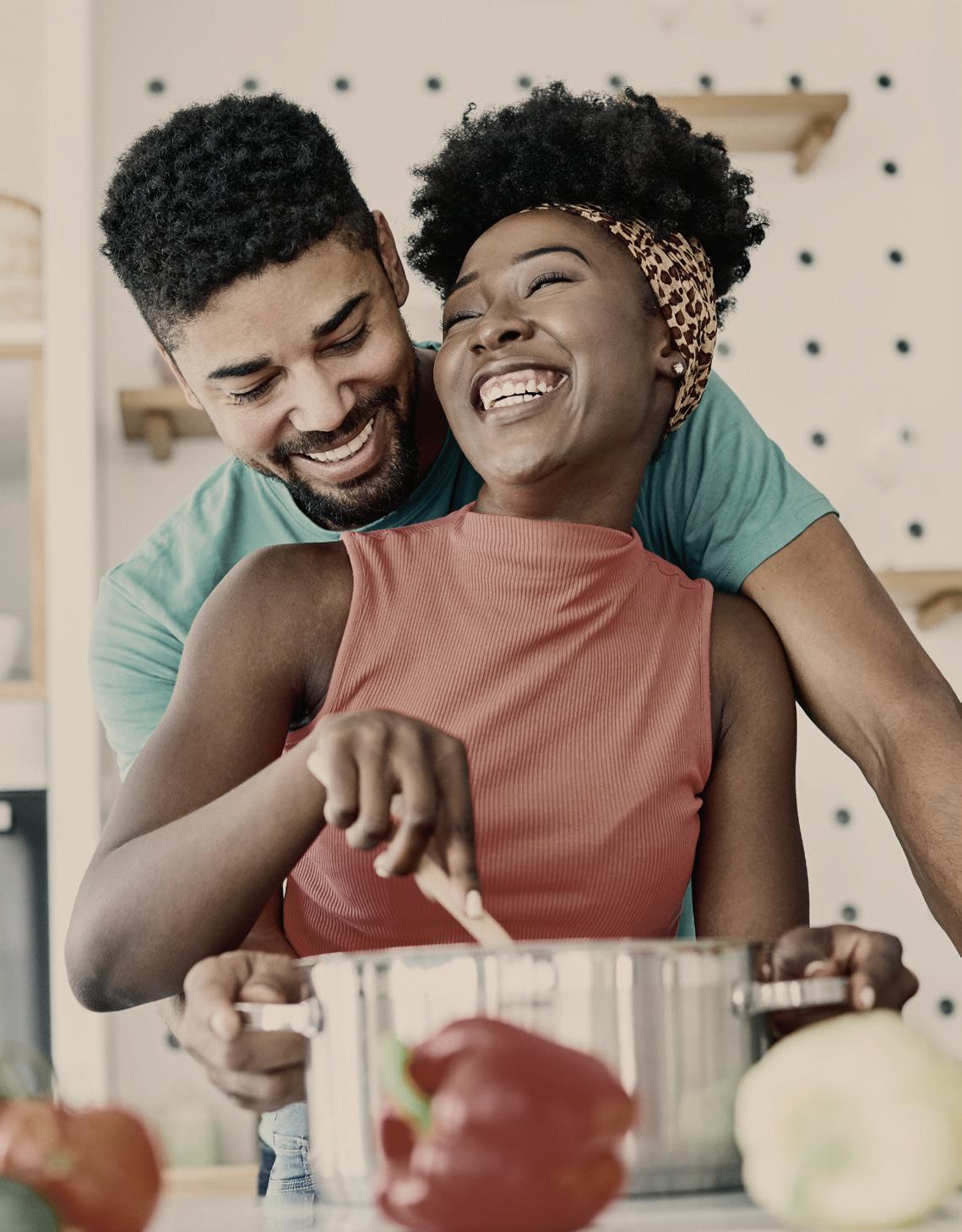
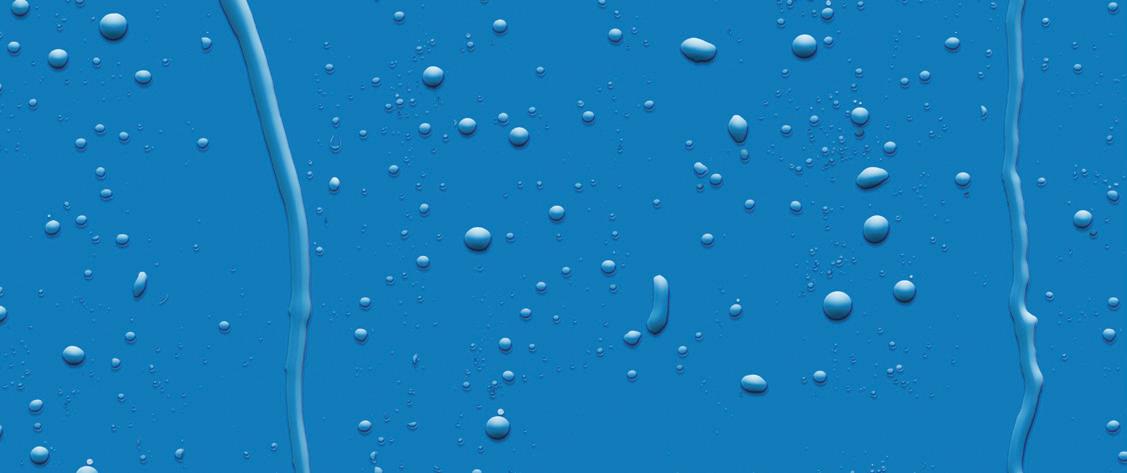
If your home is enrolled in the Lead Reduction Program, be sure to use the water pitcher and lter provided for drinking, cooking and preparing infant formula. Boiling water does not remove lead, so lter rst.

Learn more at denverwater.org/Lead




When our community is strong, our health is too.
Across Colorado, neighbors are coming together to make life better — improving housing options, creating safer neighborhoods, and protecting the dignity of their work.
The Power in Community series shares real stories of people shaping the places they live — and why that matters for all of our health.
The series is presented by The Colorado Health Foundation and appears in partnership with the Colorado Ethnic Media Exchange (CEME)
Meet the people building something better at partner.ethnicmedia.co/powerincommunity.
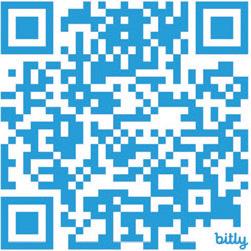
GUO VANDAN
Editorial
MARY JENEVERRE SCHULTZ Graphic
ZHAO
Videographer JADYN NGUYEN
JESSALYN LANGEVIN KAI VONG
on the cover
During last year’s Asian American, Native Hawaiian, Pacific Islander Mental Wellness Summit, community members participated in wellness activities and educational workshops.
Photo Credit: Justin Oshita / Line Lock Photos
Asian Avenue magazine (ISSN 1932-1449) reserves all copyrights to this issue. No parts of this edition can be reproduced in any manner without written permission. The views expressed in articles are the authors’ and not necessarily those of Asian Avenue magazine
Looking to promote your business? Asian Avenue magazine offers businesses a costeffective way to reach consumers in the Denver/Boulder metro areas and beyond. For more information, call 303.937.6888 or e-mail us at hello@asianavemag.com for our media kit and ad rates. Send story ideas to hello@asianavemag.com.
Asian Avenue magazine is in association with the Colorado Asian Culture and Education Network.
UPCOMING EVENT: Cirque du Soleil returns to Denver with the enchanting “Echo” show
RISING STAR: 12-year-old Layla runs small business making resin
19 OP-ED: Take these simple steps for
20 ON SCENE: Local illustrator Dow Phumiruk launches book Orpheline at Second Star to the Rights book store
21 ON SCENE: City of Aurora’s GlobalFest shines a light on Nepal this year
LEGAL COLUMN: What You Need to Know Before You Sell a Business







专家护理。非凡结果。

关节置换, 对医护团队的信心至关重要. 在我们的中心, 我们的专家专注于膝关节和髋 关节疾病, 从关节炎到关节置换, 均能提供先进的治疗, 帮助您自由活动.
Charlie Yang博士确保每位患者在就医过程中都能感受到理解、支持和妥善的照料。
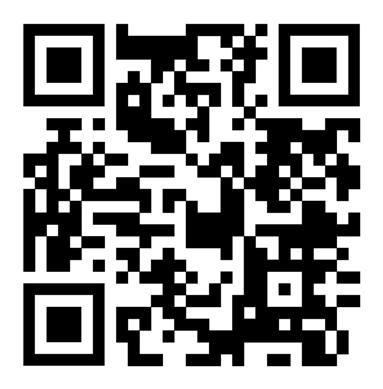
Colorado Joint Replacement at Porter 南唐宁街 2535 号 100 号房间 科罗拉多州丹佛市 80210 720-524-1367 扫描二维码了解更多信息
By Mary Jeneverre Schultz
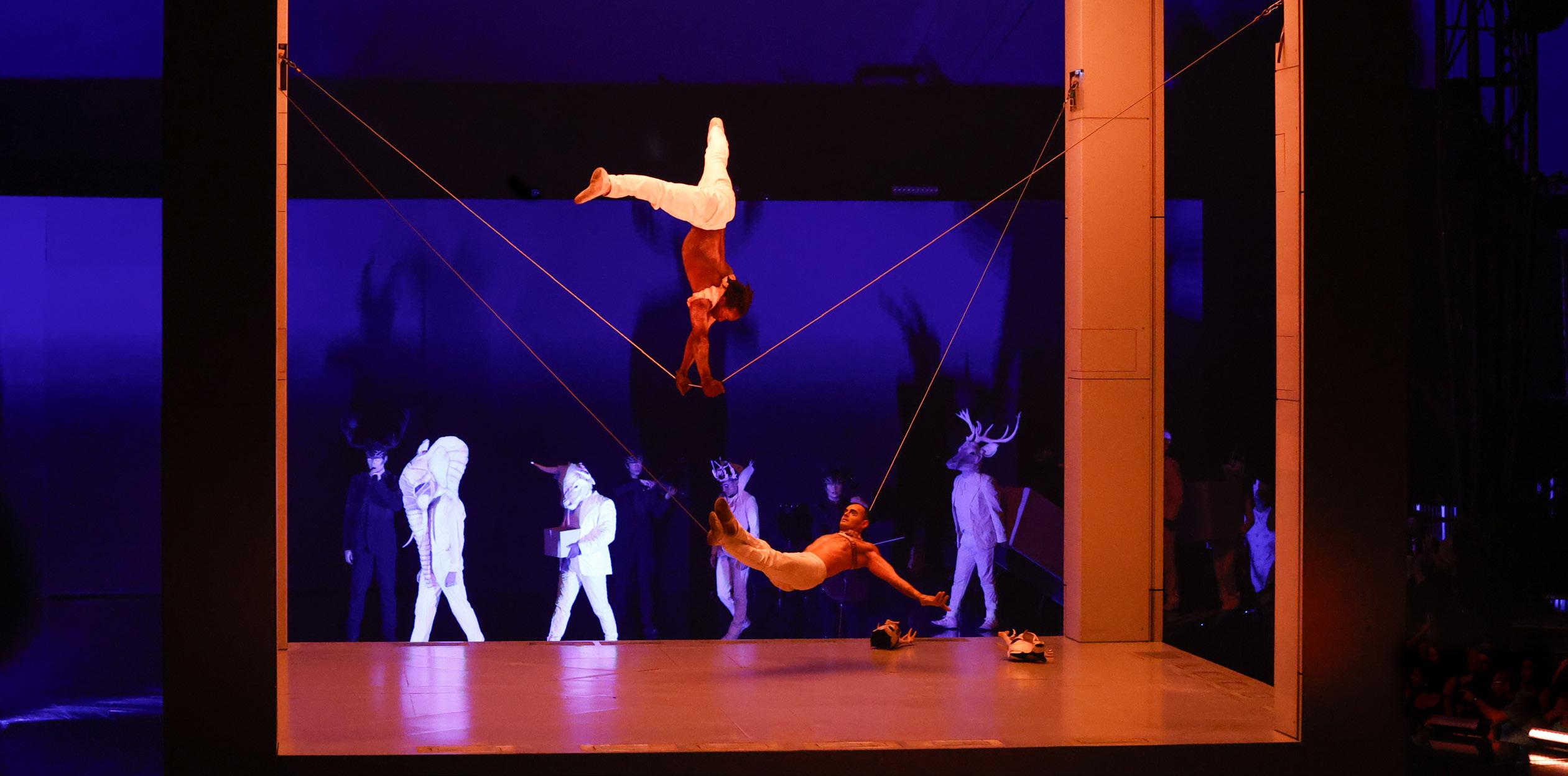
Step right up and be prepare to be enchanted!
The iconic blue-and-white Big Top of Cirque du Soleil has once again risen on the Denver skyline, marking the highly anticipated arrival of their latest breathtaking production, ECHO.
From the moment you step under the grand tent, a world of vibrant artistry, awe-inspiring acrobatics, and captivating storytelling awaits, ready to transport you into a realm where the impossible becomes beautifully real.
Cirque du Soleil arrived fourth of July weekend and began assembling the tent with 100 workers, employing about 60 from local labor.
“This is when Denver knows we are in town and brings a lot of excitement,” said Kevin Albert, senior public relations director of Quebec-based Cirque du Soleil.
The seating capacity of the Big Top is more than 2,500, measuring 167 feet in diameter and supported by 82-foot steel masts and more
than 100 poles displayed around the tent. The structure is secured to the ground by more than 1,200-foot stakes dug into the ground.
The cupola, one of the most visible parts of the tent, is located at 62 feet above the ground. The light-colored canvas helps counter the effects of the sun, reducing energy consumption and minimizing greenhouse gas emissions.

On average, the site takes seven days to set up but three days to take down. About 72 trailers are needed to transport the equipment from city to city.
Cirque du Soleil brings modern and surprising twists under the Big Top with ECHO, a story of connection,
intention, and the bond between humans and the animal kingdom.
Then FUTURE (the protagonist) and her best friend EWAI stumble upon an enigmatic CUBE, they set in motion a journey of life, discovery, hope, and empathy, quickly learning how their actions have the power to shape this world.
Packed with vibrant characters, inspiring music, contemporary abstract costumes, astounding lighting and projections, and never-before-seen acrobatics, ECHO brings audiences on a journey through a universe of color, wonder, and infinite possibilities.
Cirque du Soleil is renowned for its global talent pool. Albert indicated 88 countries are represented on stage and behind-the-scenes. In fact, artist Hua Chu Huang, represents Taiwan, while Artist Miho Inaba comes from Japan. Beyond the stage, other notable Asian representations include Jourdan Rosell, who works as the assistant technical director from the Philippines. He joined Cirque du Soleil
– ECHO during its creation in Montreal in 2023, initially serving as the event safety manager.
His expertise and leadership quickly became evident, and he transitioned to the technical team as assistant technical director. In this role, he now co-leads a 30-person technical crew, drawing upon his strong background in theater management.
Lighting technician Chloe Chan hails from Singapore and United Arab Emirates. Chloe brings a rich background in live performance lighting to the show. She began her career as a lighting operator, working on touring concerts like Wang Leehom.
Hair suspension has strong roots in the Asian circus culture. While its exact origins are debated, hair suspensions have been part of ancient Chinese acrobatic performances (known
as “Fa Ji Shen Gong”) and some South American indigenous rituals.
Another acrobatic performance representing Asian culture includes contortion. It can be traced back to ancient Asian traditions, particularly in Mongolia and China, where it was incorporated into Buddhist dances and theatrical performances. In fact, Cirque du Soliel’s own contortionist Eddie Browne visited China to perfect his art earlier in his career.
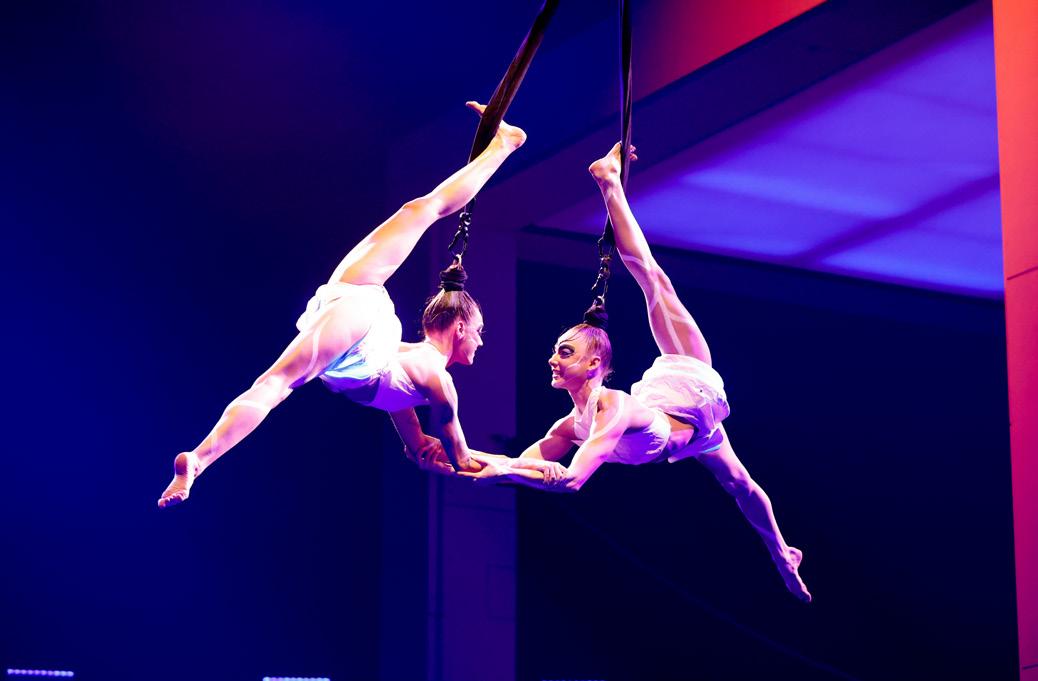
Within the show, ECHO, the audience will experience a DUO in the hair suspension act where the two artists hang from each other’s hair. This act, specifically built for this show, is the only duo hair suspension performance at Cirque du Soleil.
“It’s a beautilful real-world example of ECHO’s central theme: that every action creates a ripple effect. Just as the show explores the impact our choices have on the world around us, our presence in Denver sparks waves of economic, cultural, and community engagement, making the experience meaningful not only for our audiences, but for the entire city,” Albert said. ECHO is performing from July 12 to August 17. Tickets are available at cirquedusoleil.com/echo.

By Mary Jeneverre Schultz
Twelve-year-old Layla Hurd is turning heads with her creative business, Sugar Studios, an Etsy-based shop offering handmade resin art and accessories. What started as a fun hobby has blossomed into a thriving venture—and she’s just getting started.
Layla launched her business by crafting letter keychains, then quickly expanded into colorful wall art pieces. “I was eager to grow my product line,” she said. “When I looked at other items on Etsy, I saw impressive wall art that sold for high prices. I realized I could offer something similar with my own unique touch—at more affordable prices.”
Layla first learned about resin two years ago. Encouraged by a friend, she explored the YouthBiz Marketplace, hosted by Young Americans Bank, which connects young entrepreneurs with the tools to sell their products. She immersed herself in research, learning techniques from online tutorials to perfect her resin craft.

YouthBiz aims to advance the social and economic prosperity of young people through entrepreneurship. The program guides youth through the entire business process—from developing an idea to marketing and selling real products. Through YouthBiz, Layla was paired with a mentor, Mary Anschutz, who encouraged her to take risks and expand her reach.
That encouragement led Layla to launch her shop on Etsy, a global marketplace specializing in handmade, vintage, and unique items.
Resin art involves a meticulous process of pouring and curing. “The resin hardens in 24 hours,” Layla explained. “During that time, I add mix-ins like clay beads, glitter, alcohol ink, dried flowers, gold foil, amazonite stones— even M&M’s! Once it’s fully cured, I remove it from the silicone mold and add keychains, magnets, or glue the pieces together to create wall art.”
Layla began with support from her parents, but quickly learned to handle every step herself. Her brand, Sugar Studios, reflects her love for sweet,
colorful creations.
“My favorite part of working with resin is that I get to be creative, try out new ideas, and still make a profit,” she said. One of her favorite pieces? A two-tone popsicle wall art, known for its vibrant colors and playful design.
Running a business while balancing school, sports, and hobbies has taught Layla valuable life skills. “Creating my Etsy storefront was a learning curve,” she said. “Managing my time became easier once I figured out how to speed up the resin process and simplify some of my designs.”
She now experiments with single-color popsicles to reduce production time and labor costs. “These challenges have helped me grow. I’ve learned that mistakes are part of the process—and they help me get better.”
When she’s not working on her shop, Layla plays volleyball, runs 5Ks and 10Ks, and plays violin.
Layla’s decision to sell on Etsy was


By Dr. Ronald Lee, Psychologist
“Our brains so hate the idea of losing something that’s valuable to us that we abandon all rational thought, and we make some really poor decisions. So, Curtis wasn’t playing to win. He was playing not to lose,” said Rachel Chu, the protagonist in the movie Crazy Rich Asians.
The state of mental health for Asian Americans is a fluid, complex issue with its own unique risk factors, cultural influences, and protective elements. This article outlines five major themes that capture the ethnic and cultural perspectives that many Asian Americans are grappling with today in terms of their collective mental health struggles and multi-cultural needs.

Asian Americans are one of the most diverse racial groups in the U.S., differ-
ing significantly by income, education, language, and household structure. According to Pew Research, more than 20 Asian origin groups are represented in the U.S.
The six largest groups are Chinese, Indian, Filipino, Vietnamese, Korean, and Japanese. Many consider Asian Americans the fastest-growing racial group in the country.
Between 2000 and 2019, 11 Asian origin groups more than doubled in size, with smaller groups such as Bhutanese, Nepalese, and Burmese experiencing the fastest growth—some increasing tenfold.
The median age of Asian Americans varies widely: Hmong, Burmese, and Nepalese communities are among the youngest, while Thai and Japanese communities are among the oldest. Japanese Americans are the most likely to identify as multiracial, with one-third identifying as such.
Disparities also exist in education
and income. For example, Malaysians, Mongolians, and Sri Lankans are among the most likely to have a bachelor’s degree, while Laotians and Bhutanese are among the least.
Only two origin groups—Indian and Filipino Americans—had median incomes above the overall Asian American median in 2019, which was $85,800. Burmese and Nepalese Americans had the lowest median incomes of only $44,000 and $55,000, respectively.
About 24% of Asian Americans live in multigenerational households—compared to 13% of white Americans. More than half of Bhutanese Americans and large percentages of Cambodians and Laotians live in such households.
Implications: The “model minority” myth can lead to false assumptions that all Asian Americans are well-off, highly educated, and doing just fine. This obscures the diversity and disparities within the community.
For example, multigenerational liv-
“Half of Asian Americans who experience hate don’t tell anyone—not even family.”
ing, which is more common among Asian Americans, had implications during the COVID-19 pandemic when older adults faced higher risks of severe illness and death. We must take time to understand the nuances among Asian Americans and avoid assumptions based on stereotypes.
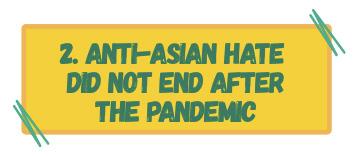
Anti-Asian hate crimes surged during the COVID-19 pandemic, but the fear and racism did not disappear with the end of the pandemic.
The 2023 Stop AAPI Hate report found that nearly half (49%) of AAPI respondents experienced a hate incident that year due to their race, ethnicity, or nationality.
Over half (51%) encountered discrim-
ination, and 53% were targeted for an additional identity (e.g., gender, age, class).
Despite the prevalence of hate, underreporting remains a major issue. Forty-four percent did not tell anyone about their experience—not even family or friends.
Only 10% reported incidents to law enforcement, and just 6% to a civil rights agency. Among those affected, 43% reported negative health impacts, but 37% received no support at all.
Implications: It is a myth that hate crimes against Asian Americans stopped after 2021. Incidents of violence, discrimination, and verbal abuse persist in public spaces, workplaces, and schools.
Many Asian Americans are hesitant to seek support from law enforcement or health professionals due to mistrust and a lack of cultural competency. This reinforces a cycle of fear, silence, and unaddressed trauma.
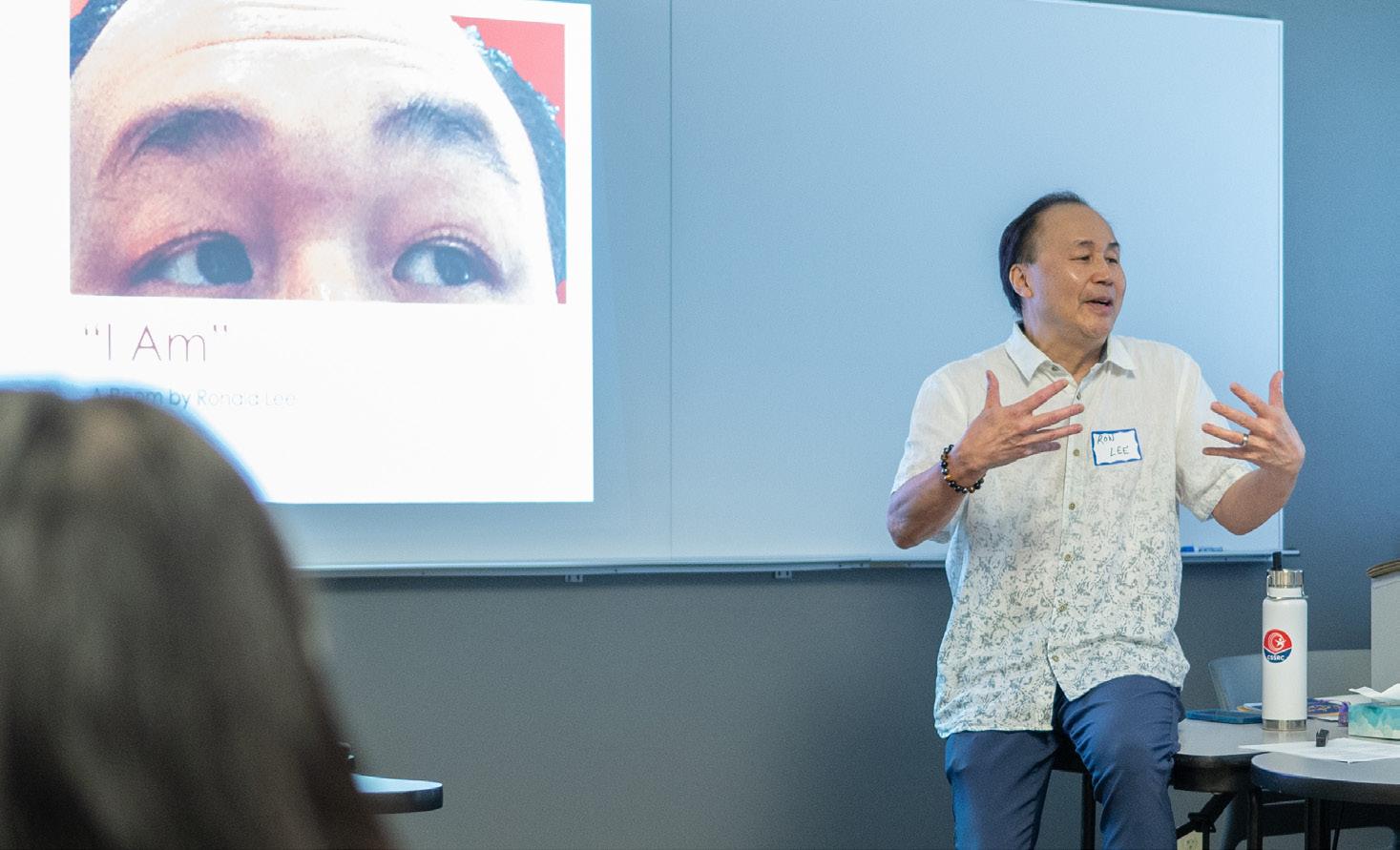

Even before COVID-19, Asian Americans reported psychological distress at rates similar to other racial groups. During the pandemic, rates of anxiety and depression increased sharply, with a 97% spike in anxiety diagnoses in 2020 alone.
Yet despite this, Asian Americans remain three times less likely to seek therapy. One study found only 8.7% accessed mental health services, compared to 17.9% of the general population.
Barriers include stigma, mistrust of healthcare, culturally based shame, lack of awareness, and challenges related to acculturation. Many Asian families consider mental illness a sign of weakness, and emotional struggles are often minimized or ignored. Asian Americans are also more likely to delay seeking professional help until symptoms become severe.
Cultural beliefs further complicate access. The mind-body connection emphasized in many Asian traditions may lead individuals to consult a physician instead of a therapist for mental health issues. Additionally, implicit biases in the healthcare system can lead to underdiagnosis or neglect.
Implications: The stigma surrounding mental health is deeply rooted in traditional Asian cultures. Mental health professionals must build trust, respect cultural values, and move at a pace that honors the client’s background and emotional readiness.
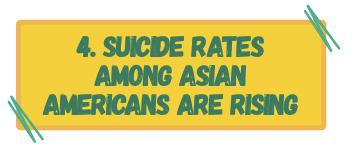
Family dynamics, particularly the tension between acculturation and enculturation, often play a central role in treatment. Addressing both the “success” narrative of the acculturated and the guilt of those clinging to cultural roots is key to effective care.
Recent studies have raised alarms about rising suicide rates among Asian Americans—especially youth, young adults, and elders. From 1999 to 2021, suicide rates for Asian American youth rose 72% for males and 125% for females. Suicide is now the leading cause of death among Asian American young adults.
Experts link these increases to cyberbullying, academic pressure, discrimination, and the persistent model minority myth. The stereotype that Asian Americans are naturally high-achieving
can contribute to feelings of isolation, inadequacy, and invisibility—especially when individuals fall short of these expectations.
Access to firearms, which has increased in some Asian American communities, is also linked to rising suicide rates.
Implications: Suicide prevention must be part of the mental health conversation in Asian American communities. Talking about suicide does not increase risk—it reduces it. We need broad, culturally tailored education on warning signs, increased access to services, and supportive interventions across schools, workplaces, and community centers. Outreach to faith leaders and political advocates can also help build culturally relevant suicide prevention efforts.

icans have a long legacy of resilience, strength, and healing. Families and communities that share stories of struggle and survival—such as Japanese American internment during WWII or recent recovery efforts in Maui—foster validation and connection.
Protective factors for AAPI mental health include strong ethnic identity, cultural pride, family bonds, and support from traditional healers. When combined with effective mental health care and a sense of community belonging, these factors significantly reduce the risk of mental health challenges.
Implications: Resilience among Asian Americans is fueled by cultural identity and community. Culturally competent mental health care that honors heritage, community narratives, and generational healing can help individuals thrive.
When Asian Americans are supported in embracing both their cultural roots and their current realities, they become powerful agents of well-being and change.
Asian Americans, Native Hawaiians, and Pacific Islanders are not only the survivors of past traumas and an arduous history. They are also a proud product of a triumphant legacy that has turned hardship into prosperity and our setbacks into hard lessons learned.
The AAPI community has been able to rise above the implicit biases of a dominant culture that would prefer that we are pigeonholed into a monolith of a static and dormant stereotype. But we as the AAPI community is much too resilient, fluid, and adaptive to be passive and stay in one place.
Our community is far too diverse, vibrant, and driven to be held down. The

diverse nations that represent our community does not divide us. It feeds our creativity and ingenuity as we become stronger in our own coalitions.
The prevalence of anti-Asian hate teaches us that our growing awakening and activism to bend our politics towards social justice will continue to be an essential part of our mental health narrative.
Our underutilization of seeking mental health support will force the professional community to meet us where we are at, become more aware of our cultural beliefs, and examine their own short comings in terms of cultural competence and representation.
Finally, the rise in deaths by suicide for AAPI individuals will be a distress call to mobilize our families and communities into greater awareness about the struggles of our own people – particularly our youth and elders – and the vital need to partner with the world of healthcare systems and professionals. I own a purple shirt that proudly reads in gold letters: I AM MY ANCESTORS’ WILDEST DREAMS.
It is through that audacity as Asian Americans, to boldly forge ahead without losing site of where we came from, that will give us strength, wisdom, and energy to define, create, and re-create the best version of our authentic selves.

The third annual summit, organized by CORE, Colorado Asian Culture and Education Network, Asian Vibes in Denver, and Aurora Asian Pacific Community Partnership, is coming this fall 2025. Learn more at coloradoasian.org.

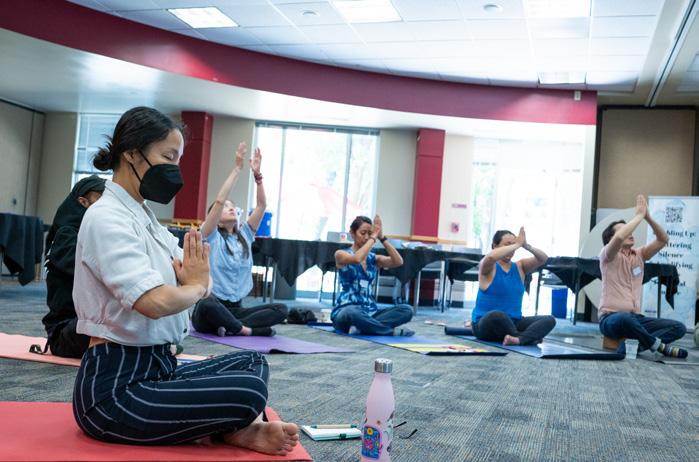

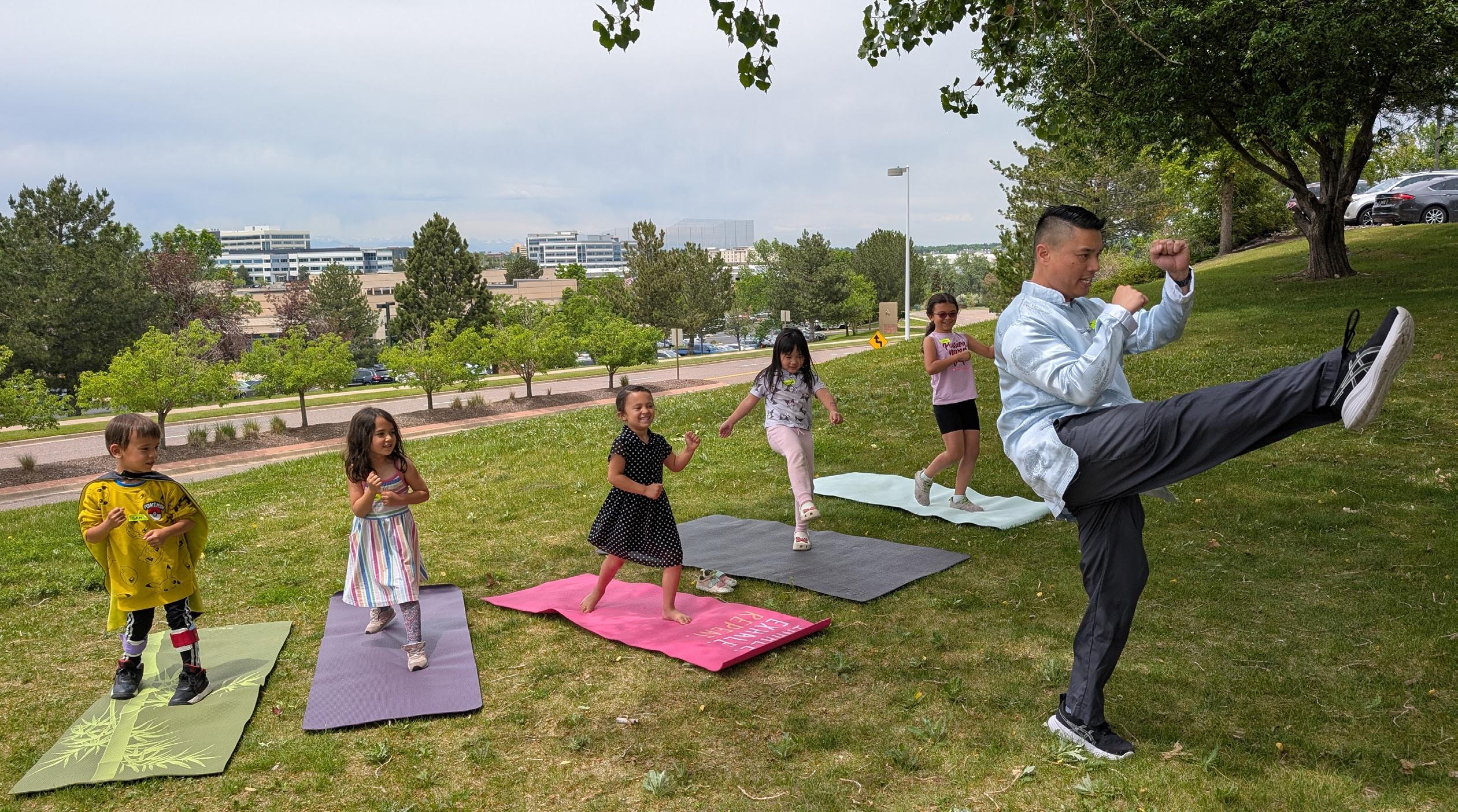
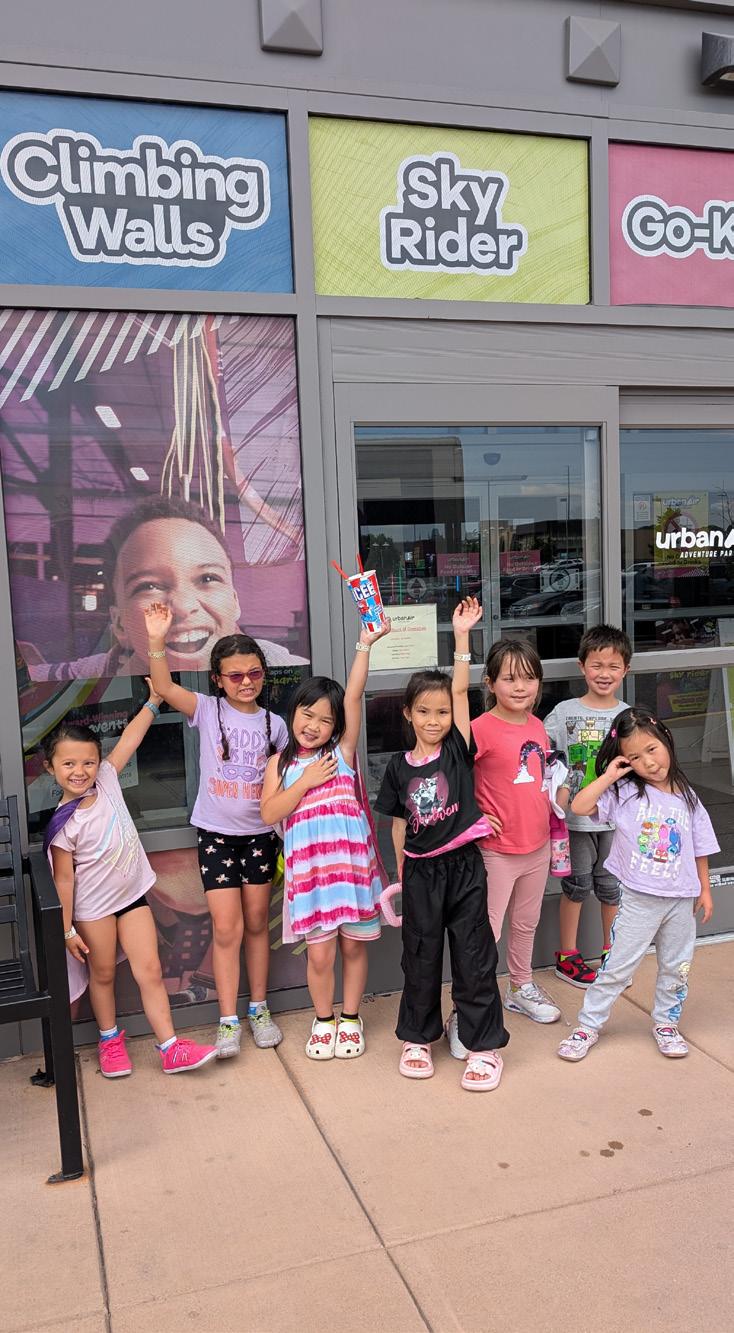
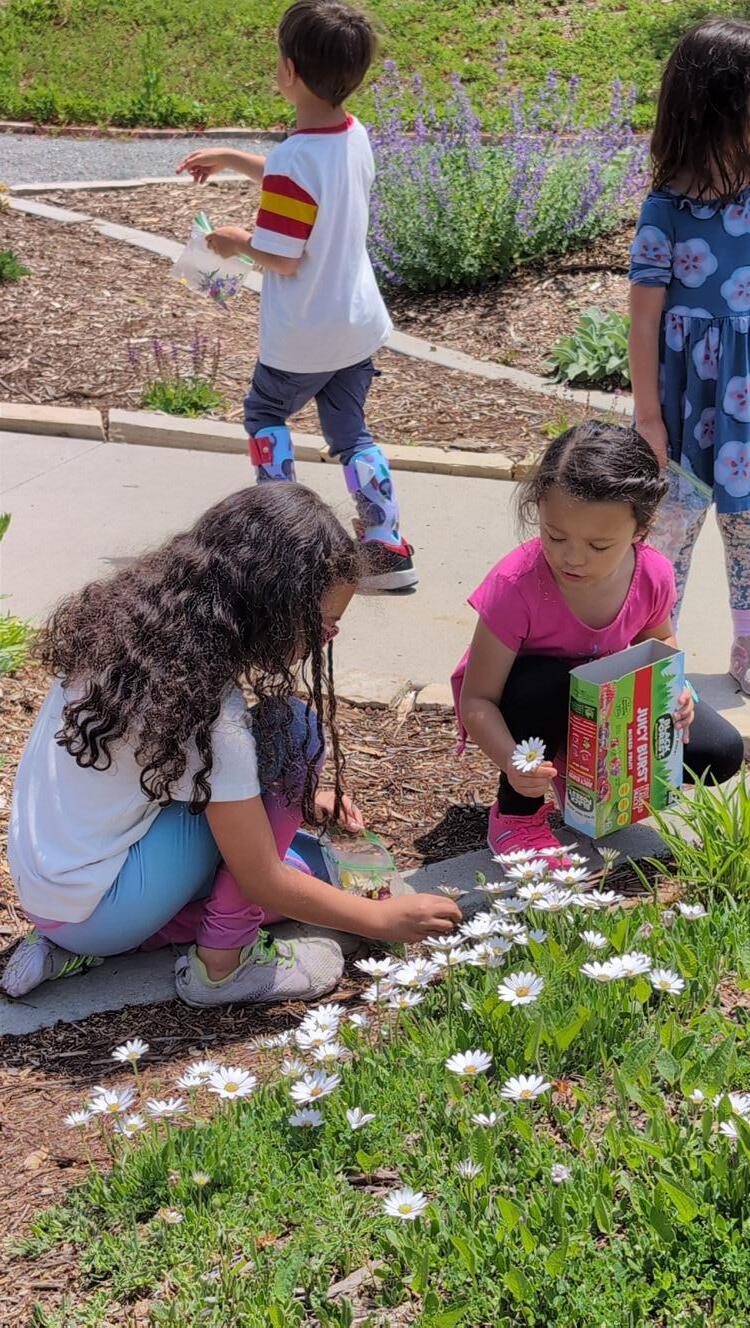

After The Social Fabric Hub opened in March 2025, the cultural and community center has been bustling with activity. the summer kicked off with a fun summer camp for AANHPI youth ages 5 to 9. Students explored the outdoors, soaked in Asian folklore, folded origami, creates arts and crafts, and learned the martial arts of kung fu during the “superhero” themed week (photos above).
3456Konnection: KPOP x Pink Cars x Pups

connect with social fabric hub @socialfabrichub or follow the nonprofit cacen @coloradoasian see a schedule of upcoming programs at coloradoasian.org
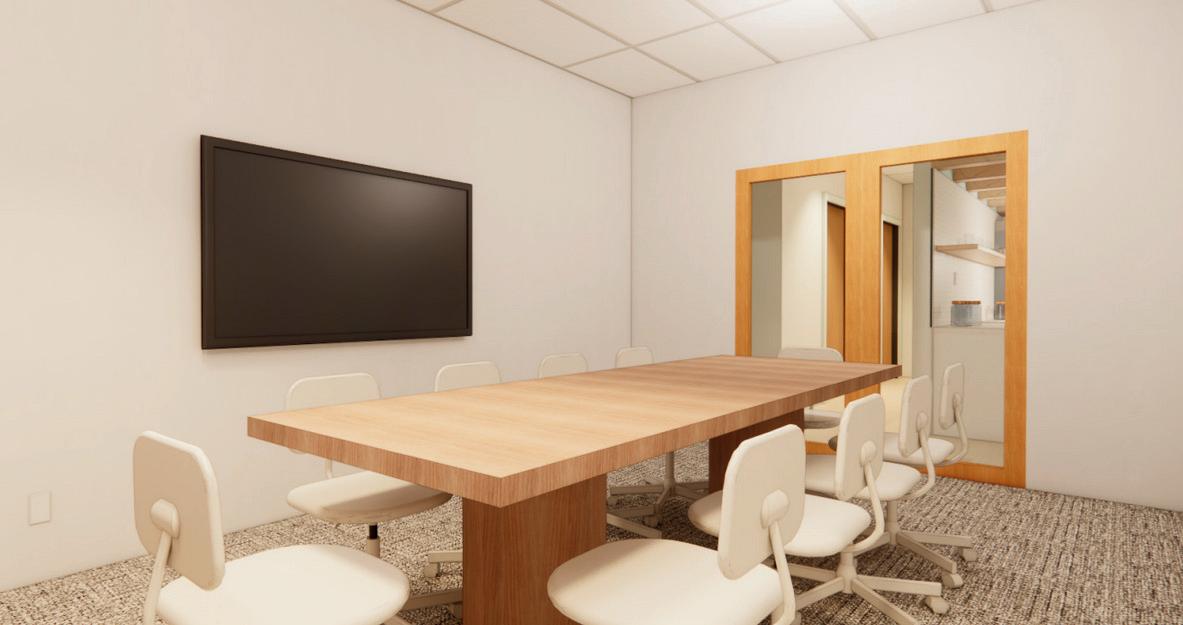





• Reserve offices (175-205 sq feet) or shared desks monthly, weekly, or daily, which include a mailing address, utilities, internet, and other benefits
• Check out books from the community library featuring AANHPI books and authors, and join a book club
• Sign up for wellness activities (tai chi, yoga, martial arts), or ride bicycles that help power the building
• Join as a member to enjoy access to solo pods (for meetings/calls) and conference rooms, discounts to local restaurants/vendors, discounted Social Fabric events and space rentals, and giveaways ($50/month)
• Book event space for gatherings of all sizes such as meetings, conferences, and markets/festivals
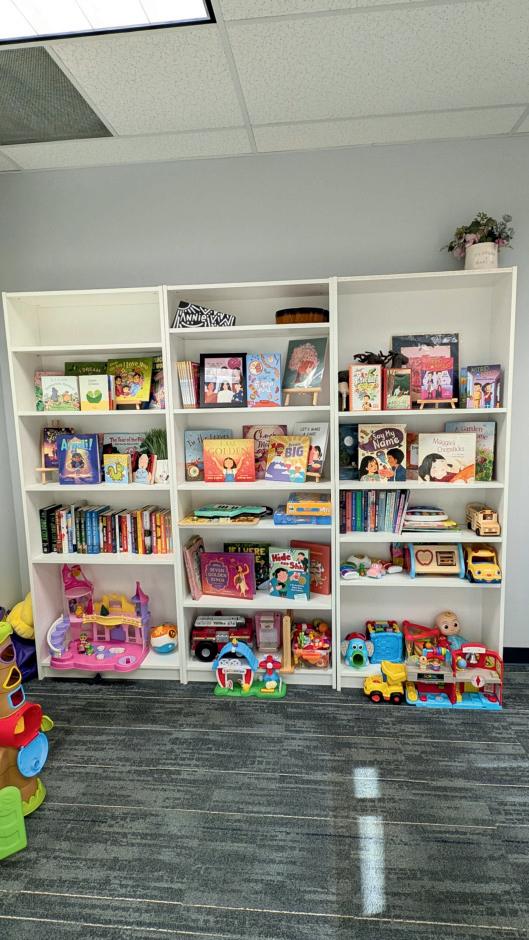
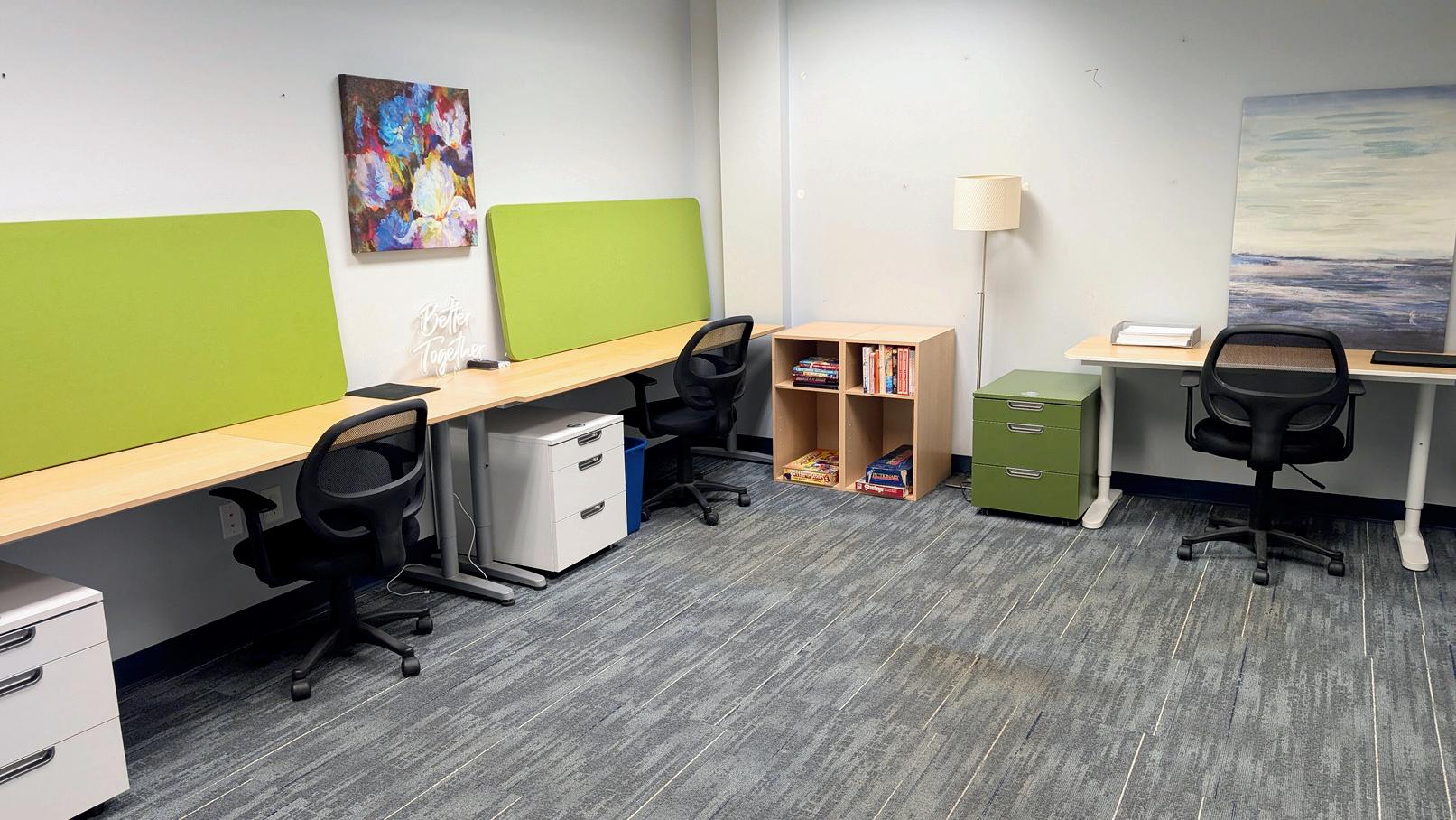
Social Fabric Hub is operated by Colorado Asian Culture and Education Network (CACEN), a 501c3 organization that serves Colorado’s AANHPI communities.
We could use support with funding for our renovation costs, donations (furniture, books, supplies, etc.), and getting the word out about the hub! Volunteers are also needed!
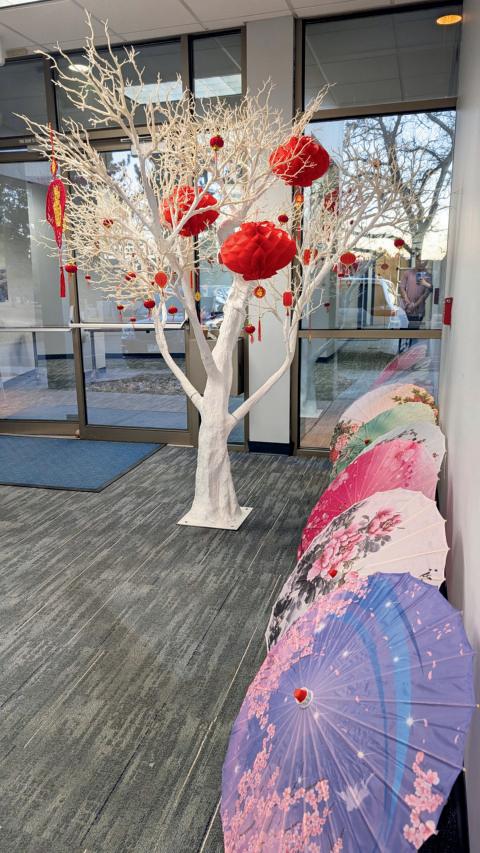
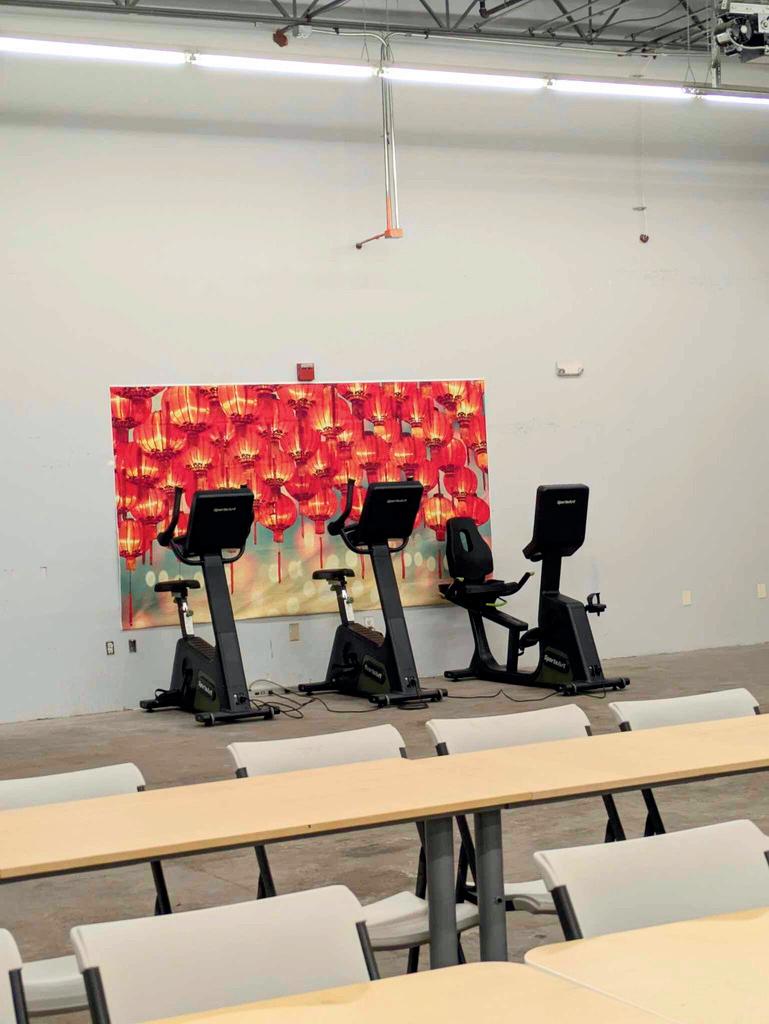

Ground-level ozone is the Front Range’s most pressing air quality problem each summer. We can’t see or smell it, but this pollutant accumulates the most on hot and sunny blue-sky days, reaching its highest levels in the afternoons and evenings.
While ozone serves an important purpose high up in the atmosphere — protecting us from the sun’s ultraviolet radiation — at ground level, high concentrations of ozone are unhealthy. Ozone makes it difficult to breathe, increases our susceptibility to respiratory infections, and exacerbates respiratory ailments such as asthma. You might feel it as irritation in your throat or a tightness in your chest while out walking the dog, at the park, riding your bike, or on an afternoon run.
Ozone forms in the air when emissions from gas-powered vehicles, gaspowered lawn equipment, and oil and gas production react in the sunshine and heat of summer days. Both colorless and odorless, ozone is different than wildfire smoke, tiny particulate matter called PM2.5, and the visible Denver “brown cloud” of years past.
Sign up for ozone alerts, texts or emails at SimpleStepsBetterAir.org or text “BetterAirCO” to 21000. When the Colorado Department of Health and Environment (CDPHE) forecasts a high ozone day, the Regional Air Quality Council (RAQC) will send you a timely alert to let you know.
Want to help?
Take some Simple Steps for Better Air: Drive less by carpooling, combining errands, or taking the bus or the light rail to get where you need to go.
For more tips...
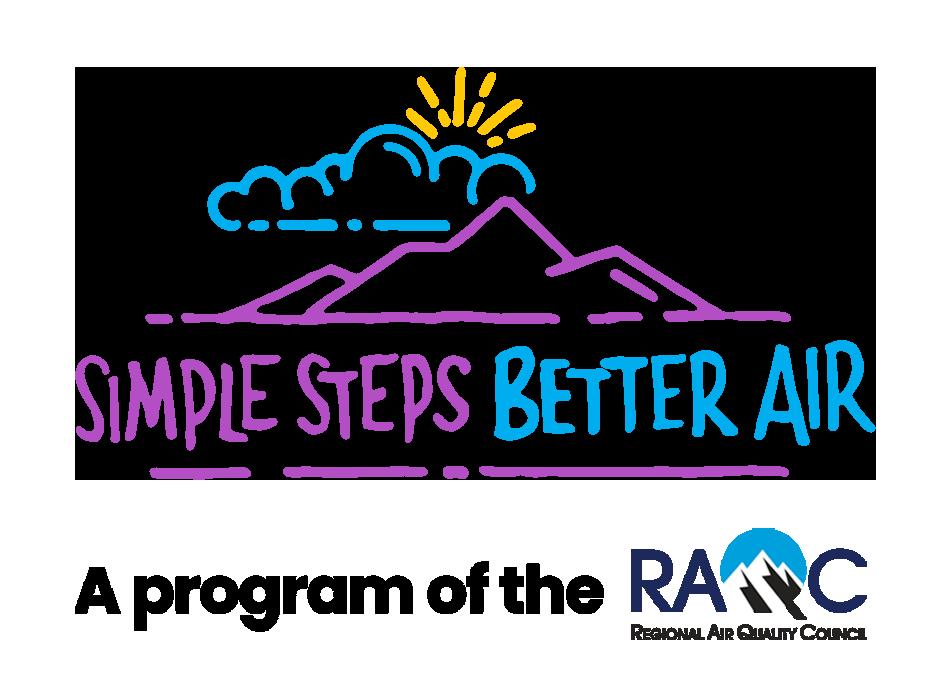
(1) Don’t forget: youth ride for free on RTD!
(2) For shorter distances, leave the car at home and walk, ride a scooter, or your bike or e-bike.
(3) Fuel up your car after 5 p.m. and don’t idle your car.
(4) When it’s time to purchase a new vehicle. consider a low- or zero- emissions vehicle, like an EV.

(5) Mow the lawn after 5 p.m. if you still use gas-powered equipment. Even better, upgrade your old gas lawn equipment electric with a 30% state discount at participating retailers this year!
Taking these timely, simple steps in the summer improves our Front Range air quality, our health, and our ability to enjoy the outdoors!
(6) And if your job can be done remotely, work from home at least one day a week and eliminate your commute altogether.
Visit SimpleStepsBetterAir.org for more information about how to reduce your ozone impact this summer and breathe easier.
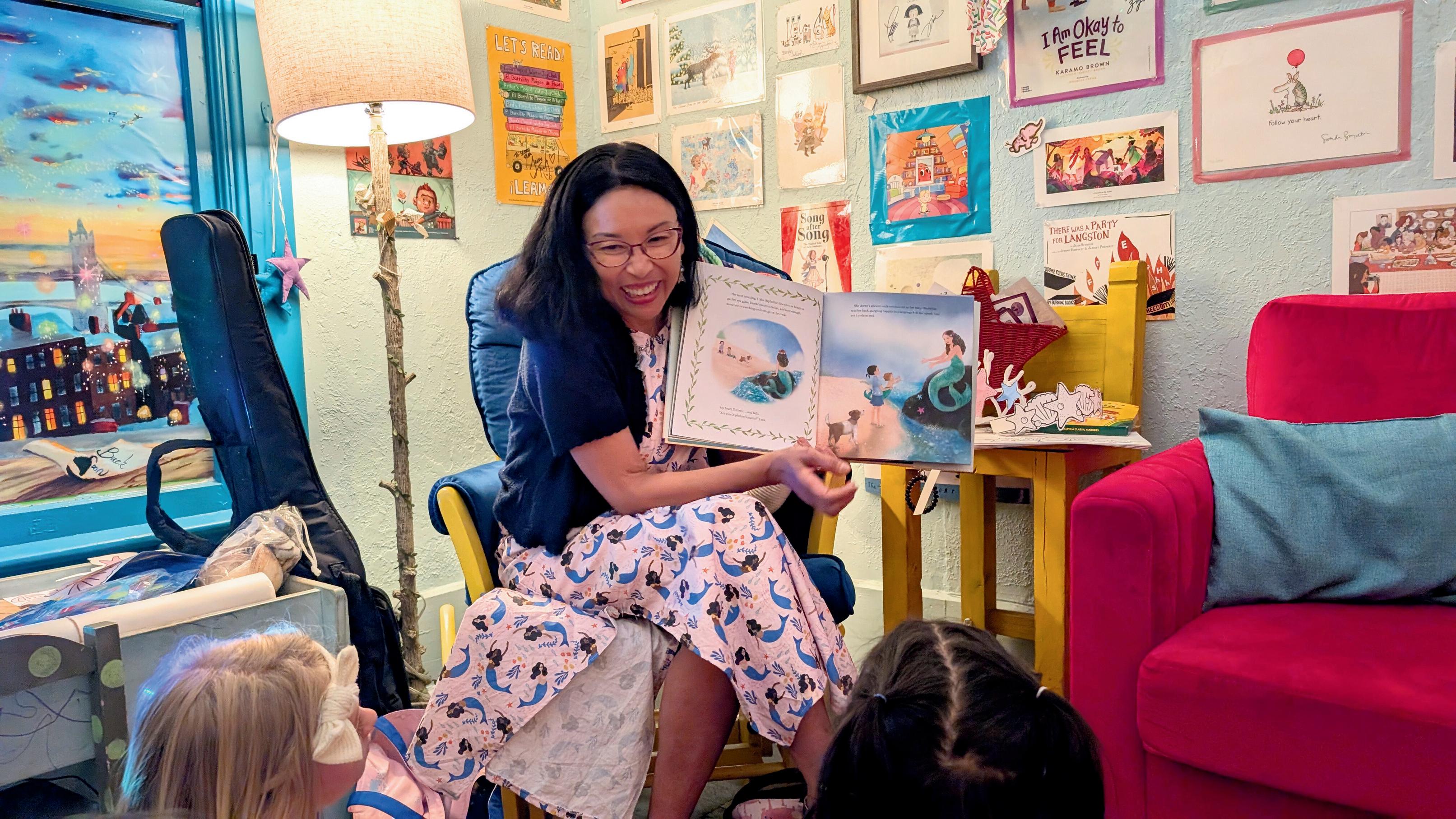

“I’m Cora,” I say. “Don’t be afraid. You aren’t lost anymore. You’re found.”

Orpheline: A Mermaid Lost and Found Story
By Katelyn Aronson (Author) Dow Phumiruk (Illustrator)

On June 21, 2025, families and book lovers gathered at Second Star to the Right bookstore in Denver for the book launch of Orpheline, a beautifully illustrated children’s book featuring a mermaid’s journey of being lost, found, and ultimately discovering where she belongs.
The event featured Dow Phumiruk, the talented Thai American illustrator behind Orpheline. Attendees had the opportunity to meet Dow, hear her read the book and sing songs, and get their books signed.
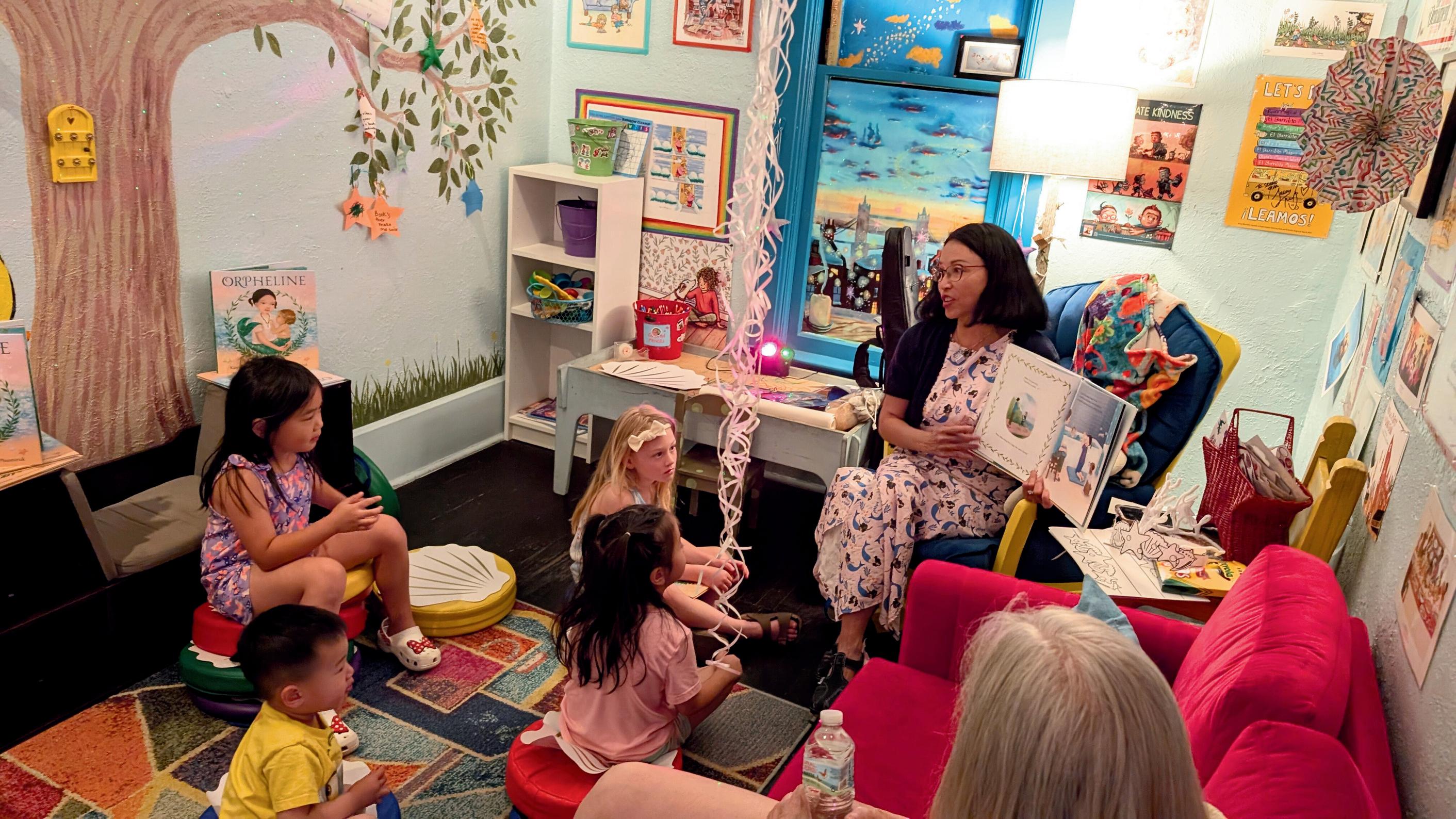
Children were captivated by the gentle tale of oceanic adventure and selfdiscovery, before they enjoyed fun mermaid crafts and cupcakes.
Orpheline is now available online and in stores, just in time to add a splash of magic to summer reading lists.
Discovering a baby mermaid on the beach is a dream come true—until Cora realizes that her wonderful find is someone else’s loss. A beautifully illustrated story for mermaid fans and tenderhearted readers everywhere.
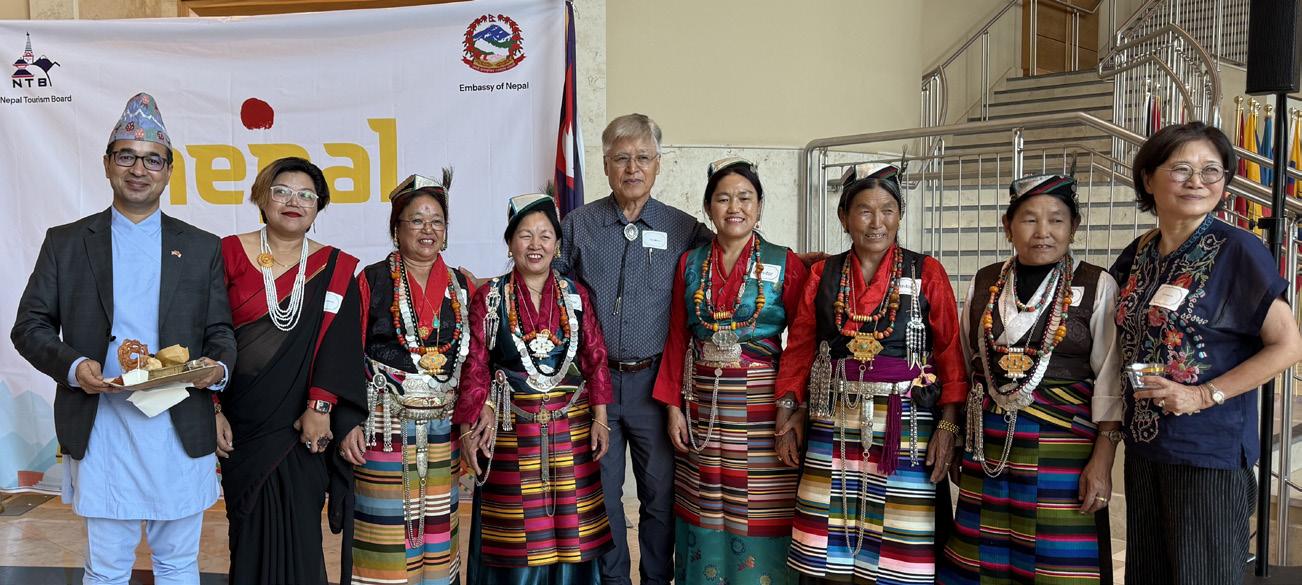

The Colorado Nepalese Community (CNC) was honored to coordinate Nepal’s official participation in Aurora Global Fest 2025—one of the region’s most dynamic multicultural celebrations. This year marked a significant milestone as CNC brought together community members, national dignitaries, and cultural ambassadors to showcase the depth, diversity, and beauty of Nepali identity on an international stage.
At the heart of the weekend celebration was the Kick-Off Reception, hosted by the Embassy of Nepal, Washington D.C., in collaboration with the Nepal Tourism Board and the City of Aurora.
The reception brought together local leaders, international guests, cultural performers, and members of the NepaliAmerican community for an evening of cultural diplomacy and celebration.
“This was a celebration of our identity and culture—we are proudly bringing Nepal to the world,” said event coordinator Binisha Shrestha.
The evening highlighted Nepal’s unique offerings—from tourism and natural beauty to arts, music, and cuisine—strengthening people-to-people ties and promoting Nepal as a destination of peace, wonder, and hospitality. It served as a vibrant platform to present Nepal’s cultural, artistic, and culinary heritage to the international community.
The event was graced by Mayor Mike Coffman of the City of Aurora and Deputy Chief of Mission Mr. Sharad Raj Aran from the Embassy of Nepal, who attended as special guests. The evening was emceed by the dynamic duo Luis Canela and Youbesh Dhaubhadel, and featured a rich lineup of cultural performances:
• Kumari Dance by Sabisha Shrestha
• Syabru Dance by Gejung, Rije, and their team
• Newah Dhimey Dance by Pratikshya, Silpa, Yureeka, and Anjel
A major highlight of the evening was the art exhibition titled Nostalgic Expressions, curated and coordinated by Swosti Rajbhandari Kayastha. The exhibition was the culmination of her research on Nepali diaspora artists, conducted during her tenure as a 2024–25 Fulbright Visiting Scholar at the Asian Art Museum, San Francisco.
Guests enjoyed a variety of traditional Newah dishes catered by Taste of Kathmandu, with generous in-kind support provided by: Rocky Mountain Momo, Raksi, Himalayan Kitchen, Himalayan Coffee, and Nepal Tea Collective.
The beautiful décor, arranged by Alankrita Decorations, created an ambiance that reflected the elegance and warmth of Nepali hospitality.
This event offered a rare and historic opportunity to present Nepal’s rich culture, art, and traditions on an international stage.
“When Ms. Binisha Shrestha introduced me to the vision behind Global Fest, I was immediately excited and supportive—and today we’re here together celebrating it,” said Deputy Chief of Mission Mr. Sharad Raj Aran, reflecting emotionally on the occasion.
On the day of Global Fest, another major highlight was the Parade of Nations, where Nepal proudly marched alongside 60 countries, each representing their heritage with pride. The Nepali delegation—dressed in vibrant traditional attire and carrying the national flag—represented the strength of our community, the richness of our culture,
and the unity of the Nepali diaspora.
This powerful visual and cultural expression was more than just a parade—it was a message of resilience, belonging, and global connection.
The entire program, including Nepal’s participation in the festival, was proudly coordinated and managed by the Colorado Nepalese Community (CNC). As a grassroots nonprofit rooted in cultural advocacy and community empowerment, CNC is committed to building bridges— between generations, between cultures, and between our heritage and our future. This initiative is a reflection of that mission in action.
We extend our heartfelt thanks to the Embassy of Nepal, Nepal Tourism Board, City of Aurora, our volunteers, cultural performers, and the greater community for coming together to make this representation meaningful and inclusive.
As we celebrated Nepal—not only as a country of majestic mountains and timeless traditions—but as a living, thriving, and welcoming part of our global family.

we rise.




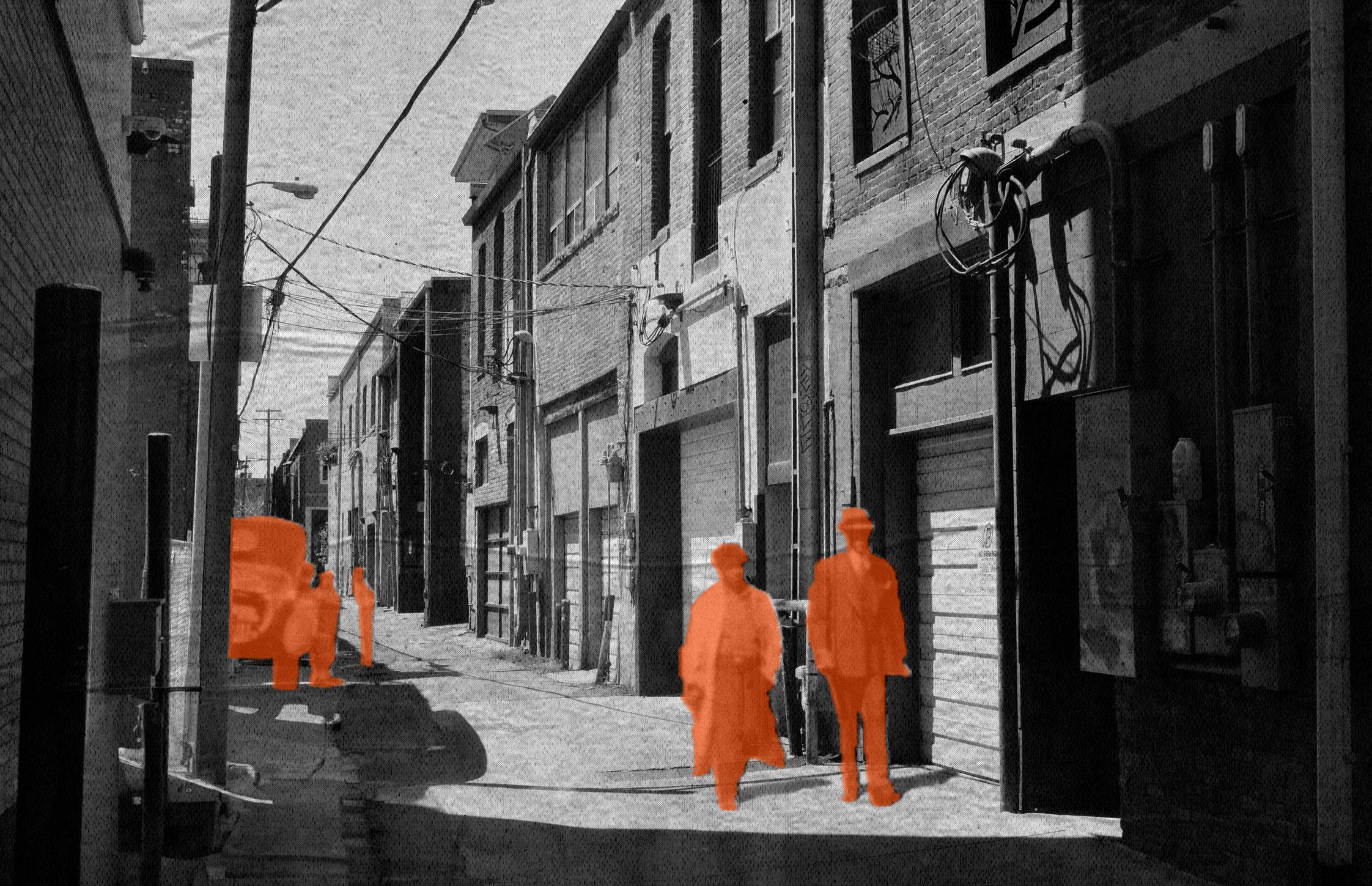
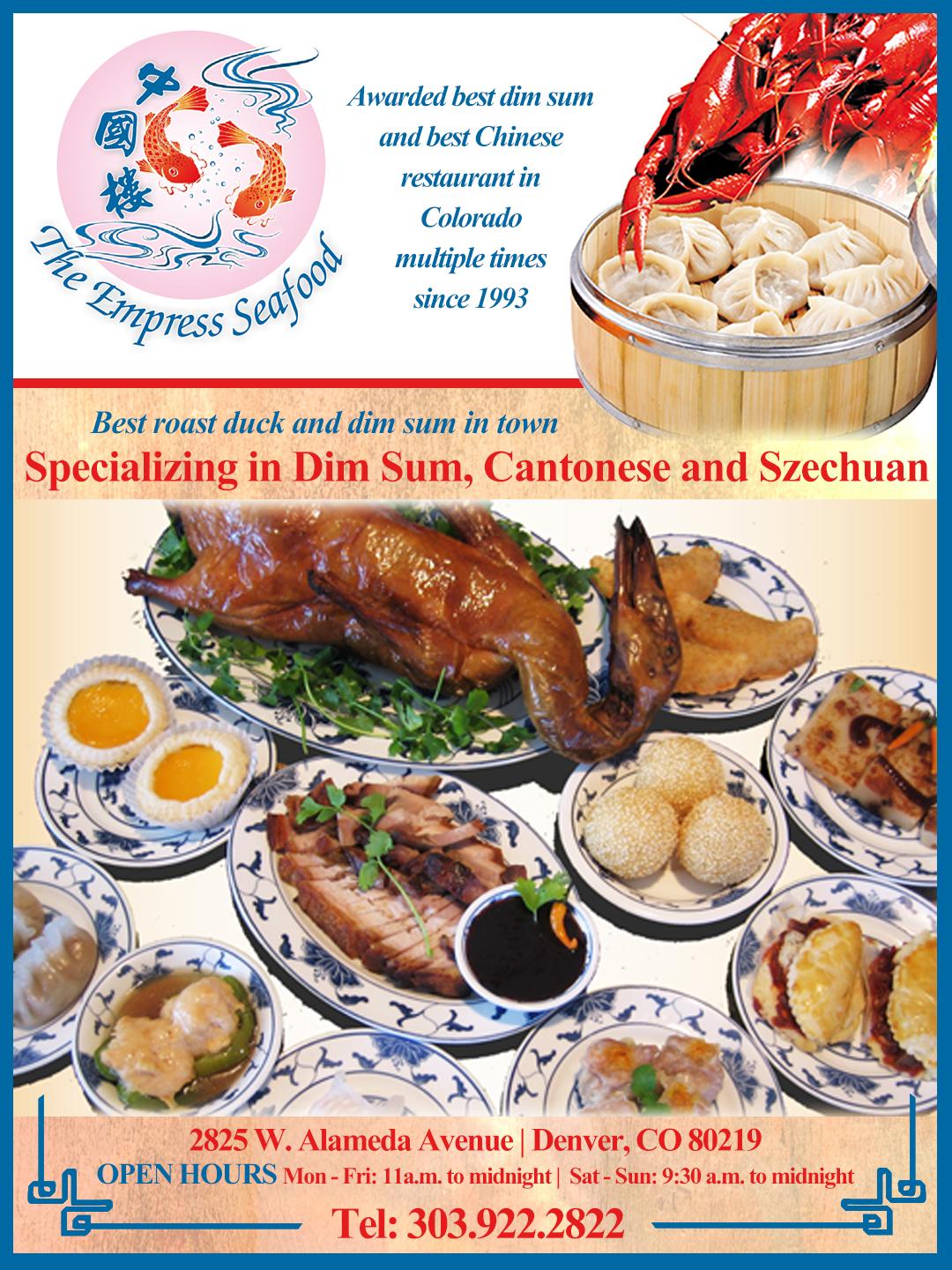




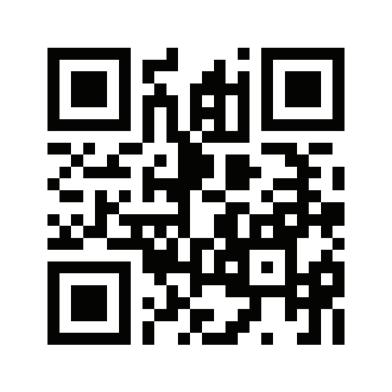
Take transit to reduce ground-level ozone.
Created from pollutants like car exhaust, ozone is the Front Range’s biggest air quality issue and a leading cause of respiratory problems. Know when it matters most: text “BETTERAIRCO” to 21000 to sign up for ozone alerts.